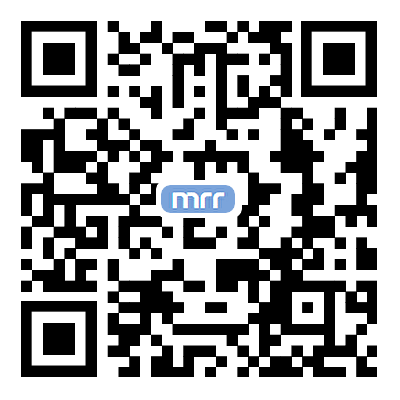fig2
Figure 2. Mechanism of PWD induced by three toxins secreted by enterotoxigenic E. coli. (A) STa binds to the GC-C receptor, activating its catalytic domain and converting GTP into cGMP. Elevated cGMP levels activate kinases that phosphorylate the regulatory domain of CFTR, enhancing Cl- secretion and inhibiting Na+ absorption, thereby disrupting electrolyte balance; (B) STb binds to sulfatide receptors, activating the GTP-binding protein Gαi3, which increases intracellular Ca2+ via Ca2+ channels. The elevated Ca2+ levels activate kinases that affect electrolyte transport; (C) LT binds to the GM1 receptor on epithelial cells, facilitating its entry. Once internalized, the A1 subunit of LT converts ATP into cAMP. Increased cAMP activates kinases that phosphorylate CFTR, exacerbating electrolyte imbalance. The cumulative effects of these toxins disrupt ion transport, promoting water secretion into the small intestine and resulting in diarrhea. Created in BioRender. Son, J. (2025) https://BioRender.com/j39i382. PWD: Post-weaning diarrhea; E. coli: Escherichia coli; STa: heat-stable toxin a; GC-C: guanylate cyclase C; GTP: guanosine triphosphate; cGMP: cyclic guanosine monophosphate; CFTR: cystic fibrosis transmembrane conductance regulator; STb: heat-stable toxin b; LT: heat-labile toxin; GM1: monosialotetrahexosylganglioside; ATP: adenosine triphosphate; cAMP: cyclic adenosine monophosphate.










